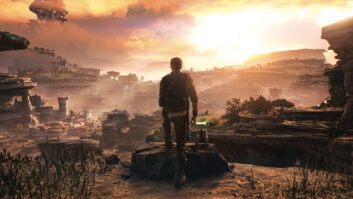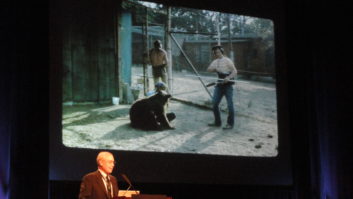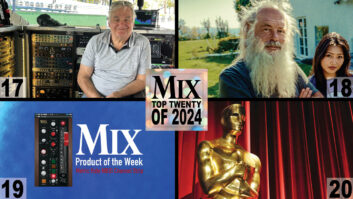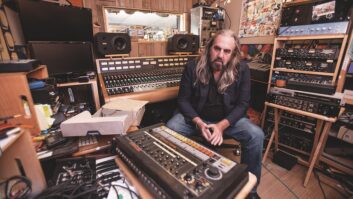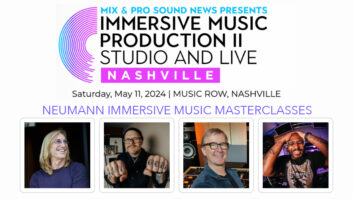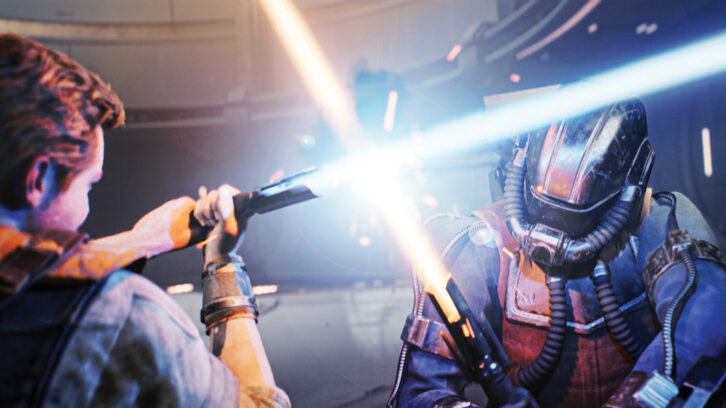
Los Angeles, CA (August 10, 2023)—As video games grow increasingly more sophisticated, scoring them has become an increasingly complex task. No one knows this more than Gordy Haab, whose award-winning scores for more than a dozen Star Wars video games have positioned him as the frontrunner to step into the place of composer John Williams, the creator of the iconic scores for the timeless IP.
Stephen Barton, the composer for nearly 10 award-winning video games, is similarly familiar with the multifaceted undertaking. Twice—so far—Haab and Barton have come together as co-composers: once for 2019’s Star Wars Jedi: Fallen Order, and again for this year’s Star Wars Jedi: Survivor.
Haab and Barton see Survivor as their Empire Strikes Back. The timeframe is a few years after Fallen Order, and Survivor doesn’t have the optimism of its predecessor. The characters are barely getting by, and musically, very little of Fallen Order’s palette works for Survivor.
“Doom is inevitable,” says Haab, who has a theme in Survivor that plays every note of the chromatic scale. “It’s ubiquitous and omnipresent throughout the score. In some cues, it’s a third counter line where you might not notice it, but it’s certainly felt.”
Unlike film and television, video games require many hours of music with different themes, emotions, moods and energy levels. Survivor needed 30 hours’ worth, for which Haab and Barton wrote eight hours of music. “We had to take into consideration how we were going to make that really stretch, and never feel tiring if you hear it multiple times,” says Haab.
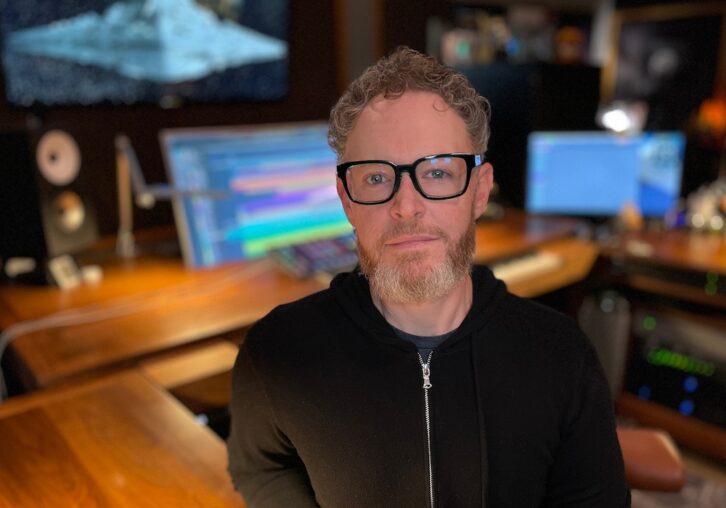
TWO TYPES OF MUSIC
Video game music falls into two types: systemic and scripted. Systemic, which is based on the character’s actions and setting, can be beautiful or scary, suspenseful or calming, threatening or scenic. “It is triggered by a logic system that works with playlists,” the composers explain. “For example, in Survivor, if you walk around exploring in a certain area, there is an explore playlist that is tailored to that moment and area. This allows for a lot more player flexibility. The challenge is making it feel cohesive and part of the narrative arc—even though it may not play back exactly the same way twice.”
Scripted, which includes cinematics, is a specific moment, action or event to which a single piece of music is attached. Additionally, on Survivor, there were about three-and-a-half hours of cut scenes, which are not about action but pushing the narrative forward by having gamers watch the story like a film. Here, the composers write to locked picture. The key is for the music to move seamlessly between these segments so gamers do not sense any starts-and-stops in their participation.
“Hitting the ‘skip’ button on the cut-scenes is not the greatest course,” says Haab. “A game like this is story-driven, and you need to know the story in order to really play it well,” says Haab. “From every aspect—visual, graphics, story and music—the game has to have a very cohesive feel, like it’s one continuous experience.”
“You don’t want to do anything that wrests control away from the gamer, because it takes them out of the experience,” concurs Barton. “We try to blur the lines so the music runs into different parts of the game. One of the most difficult things to do is stop a piece of intense music. There’s a combat sequence with five stormtroopers and we don’t know how long that’s going to last—but we do know it’s going to end, and the next thing you’re going into is maybe an exploration thing. The key is to write a piece of music that can stop on a dime, but not feel like you’ve needle-dropped a weird break.
“Sometimes,” he continues, “we’ll be playing the game and there’s artwork missing. You don’t know the scale of what’s going in. The entire look of something can change. This one sequence was a conversation between two people. Six months later, an apocalypse is going on in the background that wasn’t in the original version of the animatic. It completely changes the urgency scene. You’re not scoring a conversation. You’re scoring the world coming to an end behind you. It’s a moving target, like trying to dress someone while they’re running.”
CO-COMPOSING AND WORKFLOW
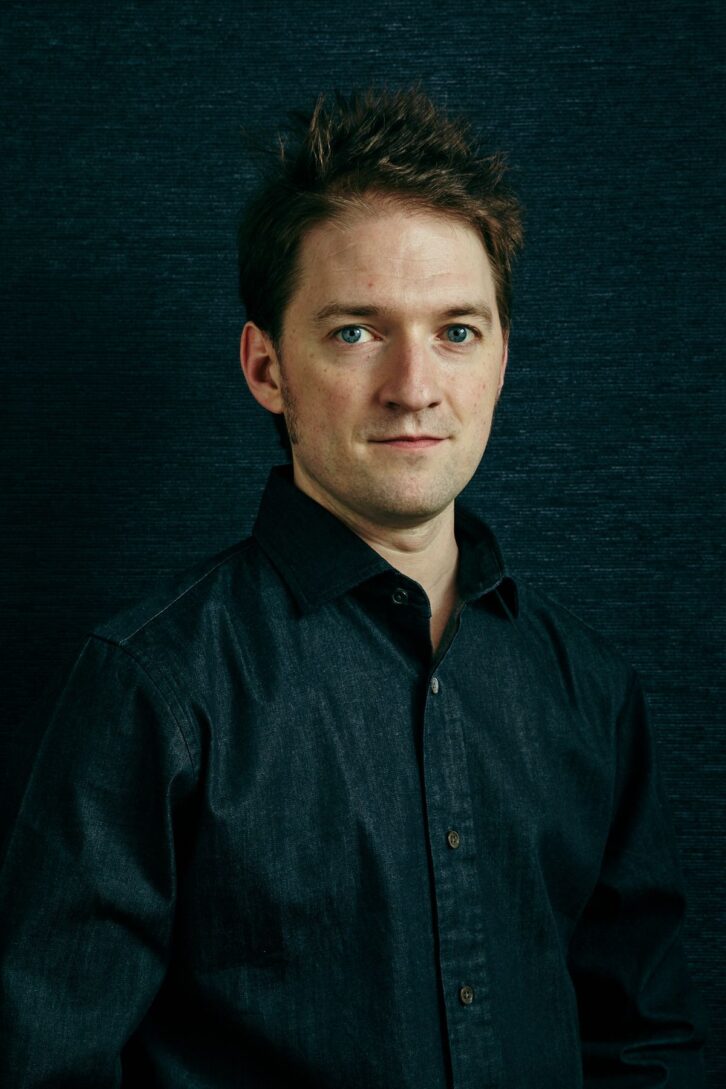
The Los Angeles-based composers work out of their respective home studios, but they come together at Electronic Arts’ Respawn Entertainment, developers of Survivor with Lucasfilm Games, where Barton has a studio.
“The games have gotten so complicated in terms of implementation, you can’t really work with just a video file,” he says. “You can’t even really verbalize or show it in a video call. You have to see the nature of how it’s being implemented to know what to write. There are times where we have to be sitting in the same room with a controller and just playing it.”
Haab’s studio is set up as a composer’s project studio with everything in the box. Cubase is his DAW, where he has a strong orchestral template. Vienna Ensemble Pro hosts the majority of his samples, which he draws from a variety of sample libraries. He uses Finale for orchestration and notation, and has key commands assigned to iPads so he can work quickly. Haab is known for designing and building instruments, recording and sampling them for use in his scores, including on Survivor.
Barton moves between his home studio and his space at Respawn, which have similar setups. He works on a PC using Steinberg Nuendo for its multi-channel capabilities and Sibelius as his notation software.
These spaces sparked a lot of creativity for the composers while working on Survivor, some of it happenstance. Haab accidentally dropped a plastic water bottle, and the tone when it hit the floor caught his ear. He grabbed a bunch of plastic bottles, tuned them by filling them with different amounts of water, hung them on a rack and played them like a mallet instrument.
The orchestral recording took place at Abbey Road over the course of 30 days with the cherry-picked London Session Orchestra. Both composers did remote recording during the pandemic, from which they learned a lot about analyzing which instruments to separate and which to record together, rather than proceeding in the conventional way of striping. For example, the timpani was recorded with the strings, as what’s written for the former locks into either double bass pizzicato or orchestra techniques. Similarly, mallet percussion was recorded with strings and woodwinds, with about 60 musicians in the studio.
Diving into The Sounds of Star Wars
While Haab and Barton appreciated being able to record an orchestra at Abbey Road, they didn’t quite find a prime spot in the room where all the instruments could be heard perfectly, certainly not in the conductor’s position. Barton’s experiences with spatial audio, along with modern recording and production techniques, reimagined the way they approached the score.
When it came to drums, particularly a big bass drum hit, it ended up involving multiple drums. Two would be on gigantic taiko drums and two on orchestra bass drums, hitting them at the same time. “If you hit a bass drum really hard, you’re going to get an awesome crack out of it and no bottom end whatsoever; it just cuts it off,” Barton explains, “but if you hit it really softly and just touch it with the microphone as close as possible, you get this amazing sub that has a ton of room noise on it, because you have to crank the gain.
“If we do several passes of this, we have a bass drum sound within this orchestral sound. The first pass, everyone absolutely beats the living shit out of it. We’ll record the exact same pass absolutely pianissimo. Then we do a mid-layer where they go halfway. We balance them and timeline them so they sound cohesive. You didn’t really have the capability to do that in the 1970s, but I absolutely think if they were recording the original Star Wars score today, they 1,000 percent would have used these techniques because you can get really cool sounds out of them.”
